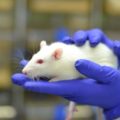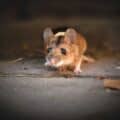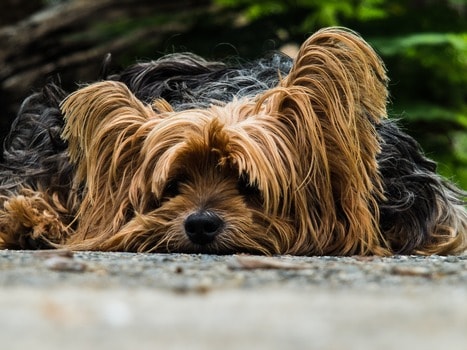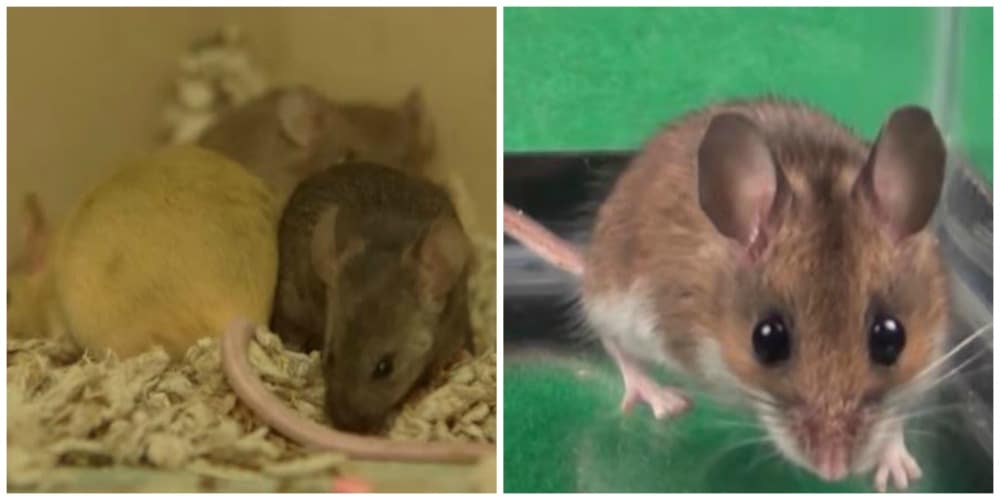Table of Contents
At some point in your science classes in middle school, you might have come across the topic of ecosystems. When you talk about ecosystems, you talk about how all organisms in a specific area interact with one another and their environment.
Just as each part of a clock plays an essential role in the clock’s functions, animals and plants do the same thing. Even the humble mouse is not exempt from serving a role in the ecosystem.
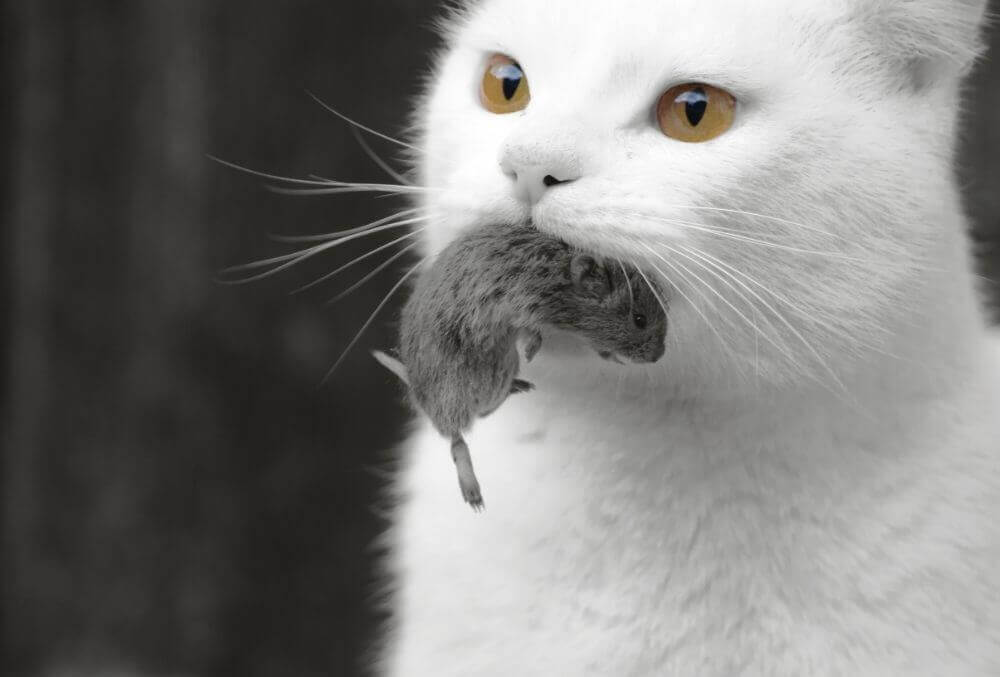
Look at the mice predators in any ecosystem, and you’ll know that these rodents serve a purpose. However, mice are more than just food for bigger carnivores and omnivores. Mice also help connect parts of the ecosystem.
The Role of the Mouse
Most people see a mouse as a pest, and if they’re not a pest, they’re a pet. However, these rodents are suitable for more than just being a pest or a pet. As much as humans interact with mice in several different contexts, humans aren’t the only organisms they interact with.
Just as humans are part of a greater ecosystem, so are mice. What’s more, these mice interact with their surroundings on a grander scale. Conversely, these interactions help sustain and support the ecosystem where they belong. These mice already help play a huge role in their ecosystems in the ecological pyramid alone.
As A Herbivore
In practically every ecosystem where mice belong, they are classified as herbivores. This is because the diets of most mice consist of fruits, berries, seeds, and plants.
Mice and other herbivores play a massive role in transferring energy through the ecosystem. The energy that organisms need to survive initially comes from plants. Unfortunately, not all animals can consume plants; however, herbivores like mice do.
So, as a herbivore, rats help consume their share of the energy available in the ecosystem. By consuming plants along with the other herbivores, they help balance out the ecosystem’s plant population. This consequently helps maintain the balance of all other organisms in the ecosystem.
As a bonus, mice also help spread the seeds from plants. They can either move the seeds by spitting them out or pooping them out. But, whatever the case may be, they help plants spread their seeds to grow in other areas.
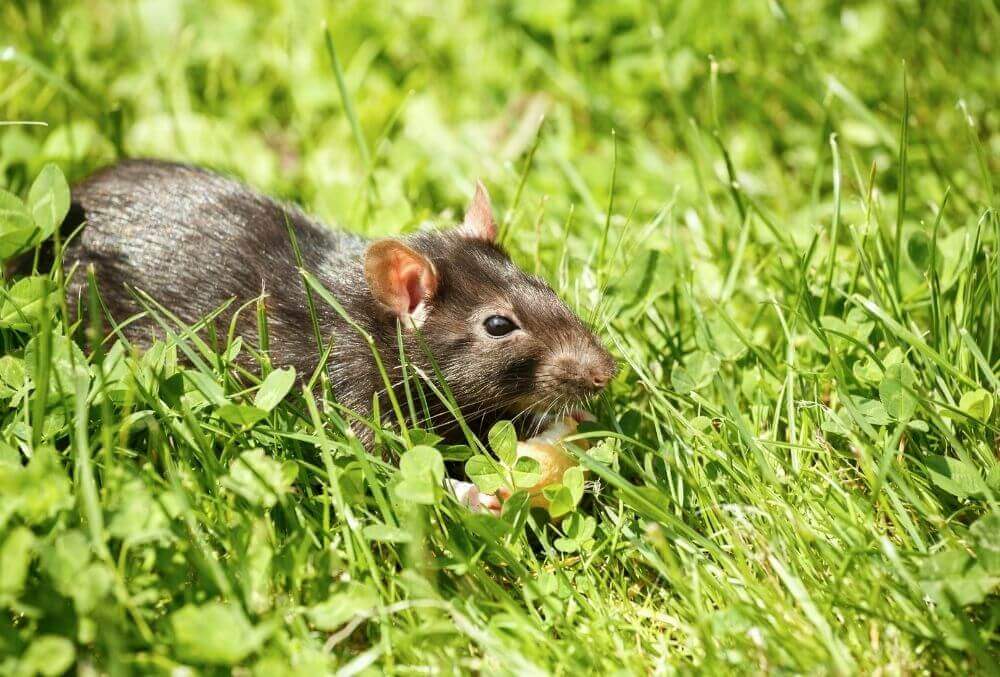
To the Carnivores
Aside from controlling the plant population and helping them grow elsewhere, mice also help connect the plants to the carnivores in the energy pyramid.
Carnivores are meat-eaters, which means that they cannot survive off plants. So, with that in mind, how do they get their energy? Simple, they get it from the herbivores.
Carnivores need energy to survive, just like any living thing. However, they can’t get them directly from plants. Since herbivores are there to eat plants, they essentially connect that plant energy to the carnivores. So while it is unfortunate that herbivores like mice have to get eaten, it must happen to maintain the balance in the ecosystem.
While herbivores help keep the plant population in balance, carnivores help keep the herbivore population in balance. They help ensure that herbivores don’t grow to such a size that there are no longer enough plants to sustain them.
So, you can see that while a mouse has to get eaten, it’s just part of how things in an ecosystem go.
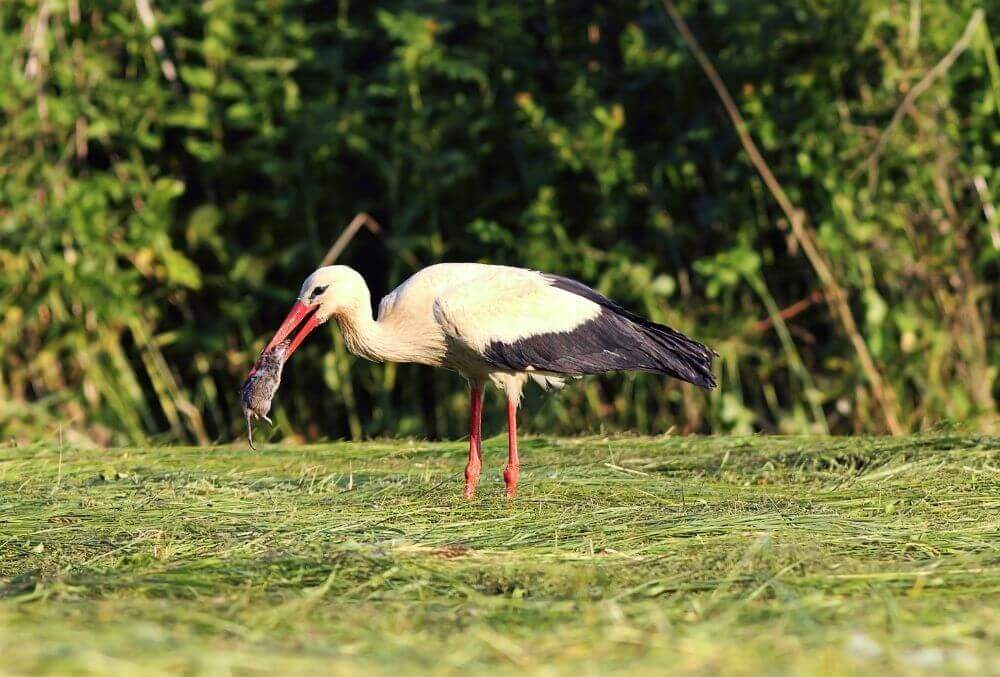
To Their Fellow Rodents
Food pyramid aside, mice also serve a role to their fellow mice. Like how humans thrive together in communities, growing in size and whatnot, mice do the same. Rodents like mice are very social creatures and live in communities with one another.
Living in communities, they help take care of each other and preserve their species. They build homes together, forage together, and grow their population together.
Without having mice living together, you might not be able to sustain the population of rodents that are needed to contribute their share to their greater ecosystem. When that happens, you’ll have a gap in that ecosystem. That means one less organism to help keep the plant and insect population in check, and that also means there’s one less animal that carnivores can prey on.
This gap can mess up the entire order of things in the ecosystem. Of course, it might not be something you can see in the span of a day or months. But, over quite some time, you’ll then start to notice the impact of the lack of rats in a particular ecosystem.
That’ll Do Mouse, That’ll Do
Despite being a pest in some contexts, a mouse serves a more significant role in its environment. Like any other herbivore in any ecosystem, the mouse helps sustain the transfer of energy in the ecological pyramid. It connects the energy taken from plants to the energy needed by carnivores to survive.
That aside, mice also help contribute to the population required to keep the plant population in check. By having them live together and grow together, you have another organism pulling its weight and performing its role in the ecosystem. Without them, you could say that the ecosystem you live in could eventually collapse.
So, while mice are seen as a nuisance, remember that they still have a greater role than what you see.

